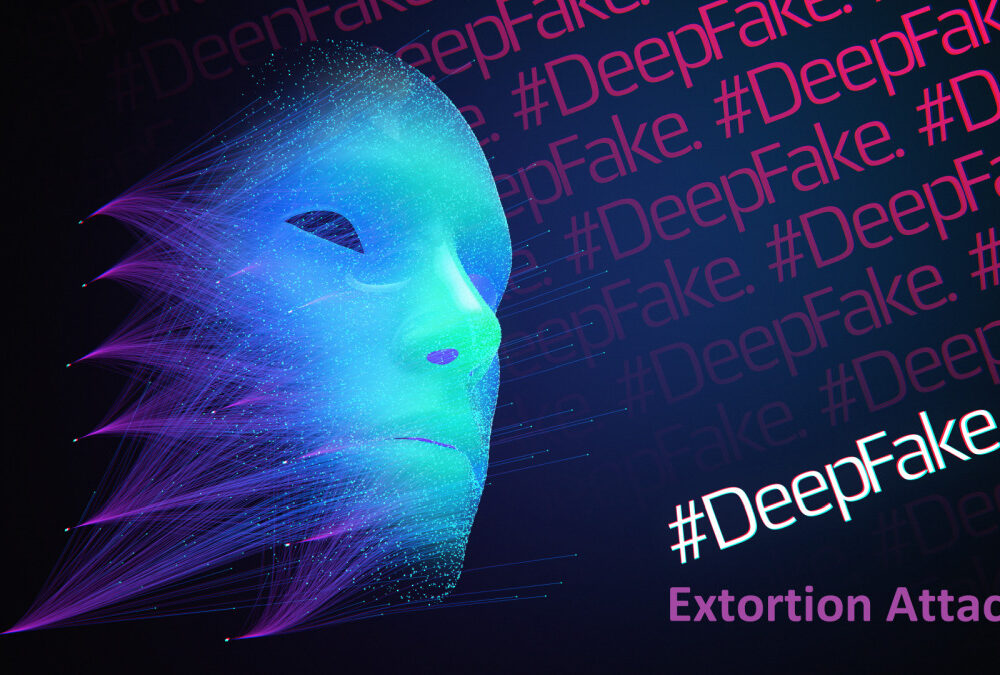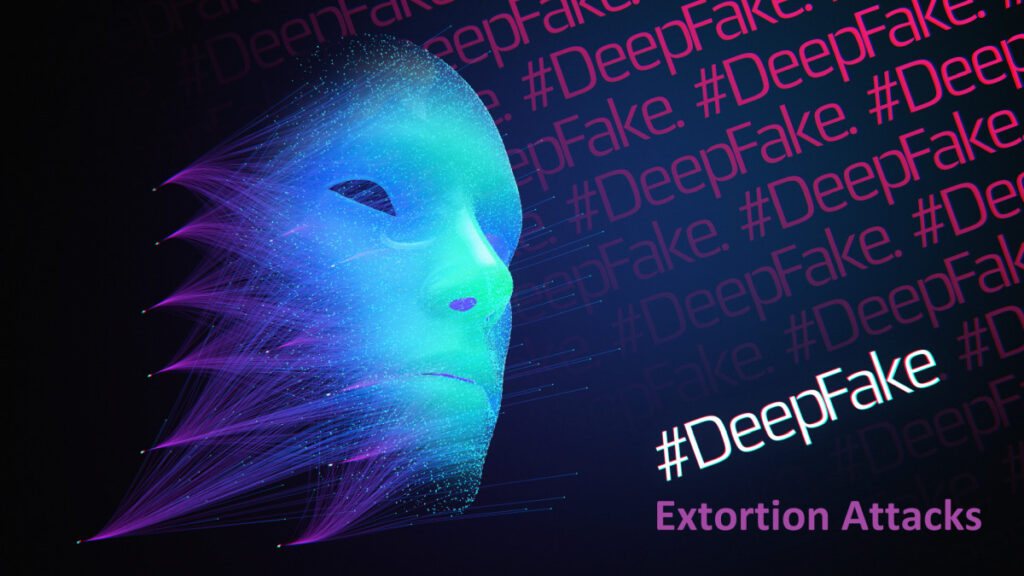

As an SMB or MSP business owner, you need to know how to protect your businesses and/or families from deepfake attacks using this comprehensive guide. In today’s digital age, artificial intelligence (AI) has made significant advancements, leading to the emergence of a new and evolving threat known as deepfake attacks. Deepfakes are manipulated audio, video, or images that are indistinguishable from real ones, created using AI. In fact this FBI article brings to light a shocking increase in deepfake sextortion scams. These malicious techniques are being used to deceive and manipulate individuals, posing a severe risk to your personal life and business operations. In this article, we will explore the nature of these deepfake attacks, their potential impact, and provide actionable recommendations for protecting yourself, your family, and your business from this growing threat.
Deepfake attacks leverage advanced AI algorithms to create highly realistic, manipulated media content. These can range from manipulated videos of public figures to audio impersonations or even fake business communications. The rapid development of AI technology has made it easier for attackers to generate deceptive content, making it increasingly challenging to identify the authenticity of digital media.
The potential consequences of falling victim to a deepfake attack can be detrimental to both your personal life and your business. Individuals and businesses both face reputational damage, financial losses, legal implications, and strained relationships with customers, partners, and stakeholders. Detecting and mitigating deepfake attacks promptly is crucial to safeguarding your interests. The information below will assist you in identifying deepfakes both manually and with the help of automated tools.
To protect yourself from deepfake attacks, it is essential to be vigilant and develop a keen eye for identifying manipulated media. Here are some key signs to watch out for:
Inconsistencies: Look for inconsistencies in facial expressions, speech patterns, or lip-syncing. Pay attention to minute details that may appear unnatural or out of place.
Visual or Audio Artifacts: Deepfakes often exhibit visual or audio artifacts, such as blurred edges, pixelation, or audio distortions. These anomalies can be a telltale sign of tampering.
Contextual Analysis: Consider the context in which the media is presented. Analyze the source, the platform, and cross-reference with other reliable sources to validate the authenticity of the content.
Now that you understand the risks associated with deepfake attacks, it’s crucial to implement preventive measures to safeguard your personal life and business. Here are some actionable recommendations:
Employee Awareness and Training: Educate your employees about deepfake attacks, emphasizing the importance of scrutinizing media content before sharing or acting upon it. Conduct regular training sessions to enhance their awareness and ability to identify potential deepfake threats.
Robust Authentication Practices: Strengthen your authentication practices by implementing multi-factor authentication wherever possible. MFA adds an extra layer of security, making it more difficult for attackers to gain unauthorized access to your sensitive information.
Media Verification Tools: Leverage advanced media verification tools and services to identify deepfake content. These tools utilize AI algorithms and forensic techniques to analyze media files, helping you detect potential manipulations.
Secure Communication Channels: Implement secure communication channels, such as end-to-end encrypted messaging apps, for sensitive business discussions. Encrypted platforms minimize the risk of intercepted communications or malicious content injections.
Monitor Online Presence: Regularly monitor your online presence, including social media platforms, review sites, and search engine results. Promptly address any instances of deepfake attacks or fraudulent activities to protect your reputation and maintain customer trust.
To assist you in verifying the authenticity of videos and identifying potential deepfake content, here are a few reliable media verification tools:
Sensity AI: Sensity AI is an advanced platform that uses AI algorithms to detect DeepFakes and manipulated media. It analyzes videos frame by frame, identifying visual inconsistencies and anomalies that indicate tampering.
Deepware Scan: Deepware Scan is a deepfake detection tool that uses AI to analyze video and audio files. It examines facial movements, voice patterns, and other elements to identify signs of manipulation.
Truepic: Truepic offers a suite of media verification tools, including image and video analysis, to identify potential deepfakes. It uses advanced algorithms and forensic techniques to assess the authenticity and integrity of media content.
In today’s digital landscape, deepfake attacks pose a significant threat to both individuals and businesses. The ability to differentiate real from manipulated media is crucial to protect your personal life, business, and reputation. By staying informed about the evolving nature of deepfake attacks and implementing preventive measures, you can significantly reduce the risk of falling victim to these malicious tactics. Remember to train your employees, adopt robust authentication practices, leverage media verification tools, use secure communication channels, and monitor your online presence regularly. By taking proactive steps, you can safeguard your family, business, and stakeholders from the evolving threat of deepfake attacks.
Malicious Actors Manipulating Photos and Videos to Create Explicit Content and Sextortion Schemes
Discover and share the latest cybersecurity trends, tips and best practices – alongside new threats to watch out for.

Active Attacks on Messaging Apps The Cybersecurity and Infrastructure Security Agency (CISA) recently issued...
Read more
The world of work has changed enormously since COVID-19. Gone are the days when IT admins sat behind a corporate...
Read moreGet sharper eyes on human risks, with the positive approach that beats traditional phish testing.
